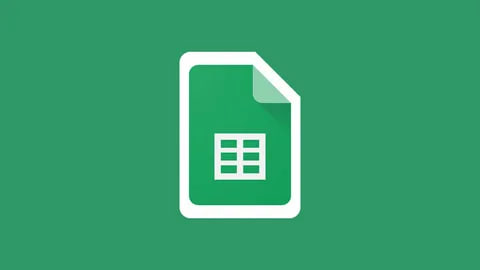If you’re shopping for a car, you’ll probably need to get financing. Whether you go through the dealership’s in-house financing or find an outside lender on your own, it’s important to understand how interest rates work and shop around to ensure you’re getting the best deal. The most common auto financing options are through a dealer, from banks or credit unions and from online lenders. Auto loan interest rates can change daily, so it’s a good idea to check the latest rates before you head to a showroom.
A dealer or lender will determine your financing terms based on several factors, including your credit score, the purchase price of the vehicle and the value of any trade-in vehicle. While you don’t have to accept the first offer that comes along, be sure to negotiate the interest rate and other costs such as a documentation fee or an origination charge. You may also be able to negotiate the monthly payment, which is made up of principal and interest.
Most buyers finance the majority of a new or used car’s price by borrowing money, called an installment debt. This means you’ll repay the loan in regular, monthly payments over a set period of time (the loan term). The vehicle serves as collateral on the loan, meaning it can be taken by the lender if you don’t make your payments.
When you apply for an auto loan, a hard inquiry will be placed on your credit report. This will temporarily ding your credit scores, but you can limit the impact by doing all your loan applications within a few weeks or by using a service that lets you check multiple lending offers without making a hard inquiry. The loan process typically involves providing verification of your income and other financial information, so be prepared to provide pay stubs or tax returns. You’ll also want to consider your debt-to-income ratio, which is the percentage of your monthly loan and credit card payments compared to your total income.
Some dealers and automakers offer special incentives for new car purchases, such as 0% interest on certain models. These deals aren’t available through all lenders, however, so you may need to find a lender on your own.
Putting down a large down payment will reduce your total cost by reducing the amount of money you need to borrow, which in turn lowers your monthly payment and interest charges. Financing the full purchase price of a new car, however, can lead to you owing more than the vehicle is worth. Taking out a longer loan term can keep your monthly payments low, but it’ll increase the total cost of the car because you’ll pay more in interest over time. Use an auto loan calculator to assess how much you can afford and to determine the ideal car-buying scenario for your situation. An 84-month loan, for example, may reduce your monthly payments to a budget-busting level, but it will still cost more than a 24-month loan with similar interest charges.



